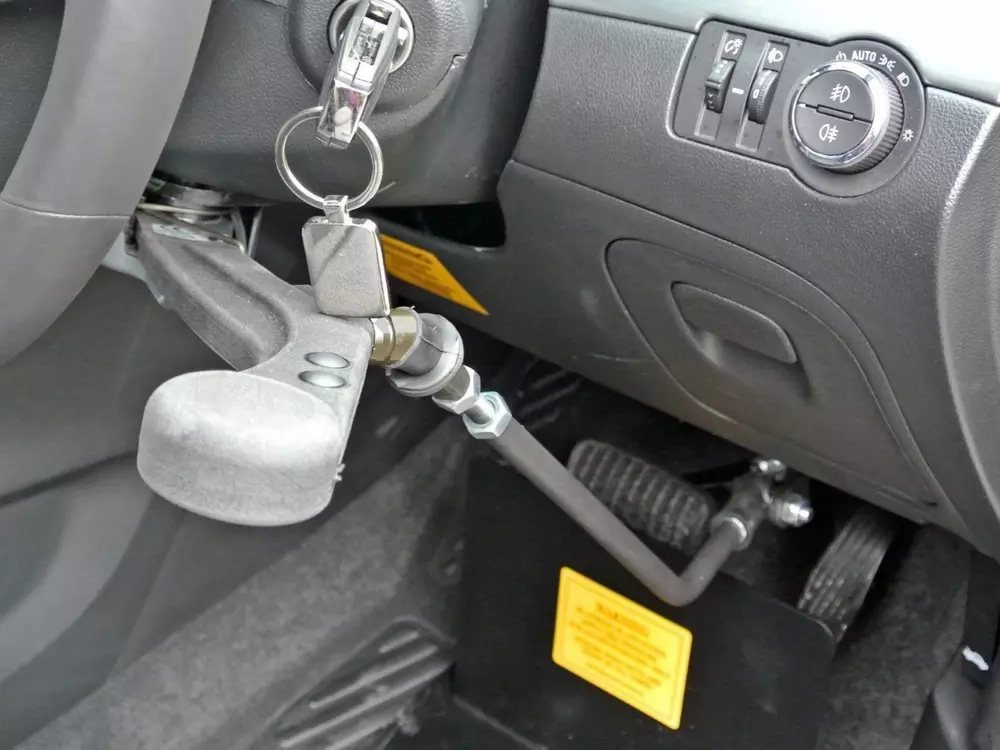What are adapted cars and vehicle adaptations? This article looks at the ways your car can be adapted to improve comfort and ease of travel for people with physical difficulties.
What is a vehicle adaptation?
Vehicle adaptations are appliances and devices fitted to your car that will drastically improve the comfort and ease of travel for those with difficulty with certain aspects.
For example, if you have difficulty with your leg mobility, you are eligible for a vehicle adaptation in the form of a new accelerator pad being installed to the left side of the brake. This allows you to control the car with only one foot.
Many hand controls can be installed, giving you greater control over the steering, power, acceleration and more, all with one hand.
Whether you are disabled, have received a severe injury, or there is some other reason why you need your car modified for transport, this can be done either as a driver or a passenger.
If you need a person lift, extra storage for your scooter or wheelchair or other driving aids, a vehicle adaptation can cover all your requirements.
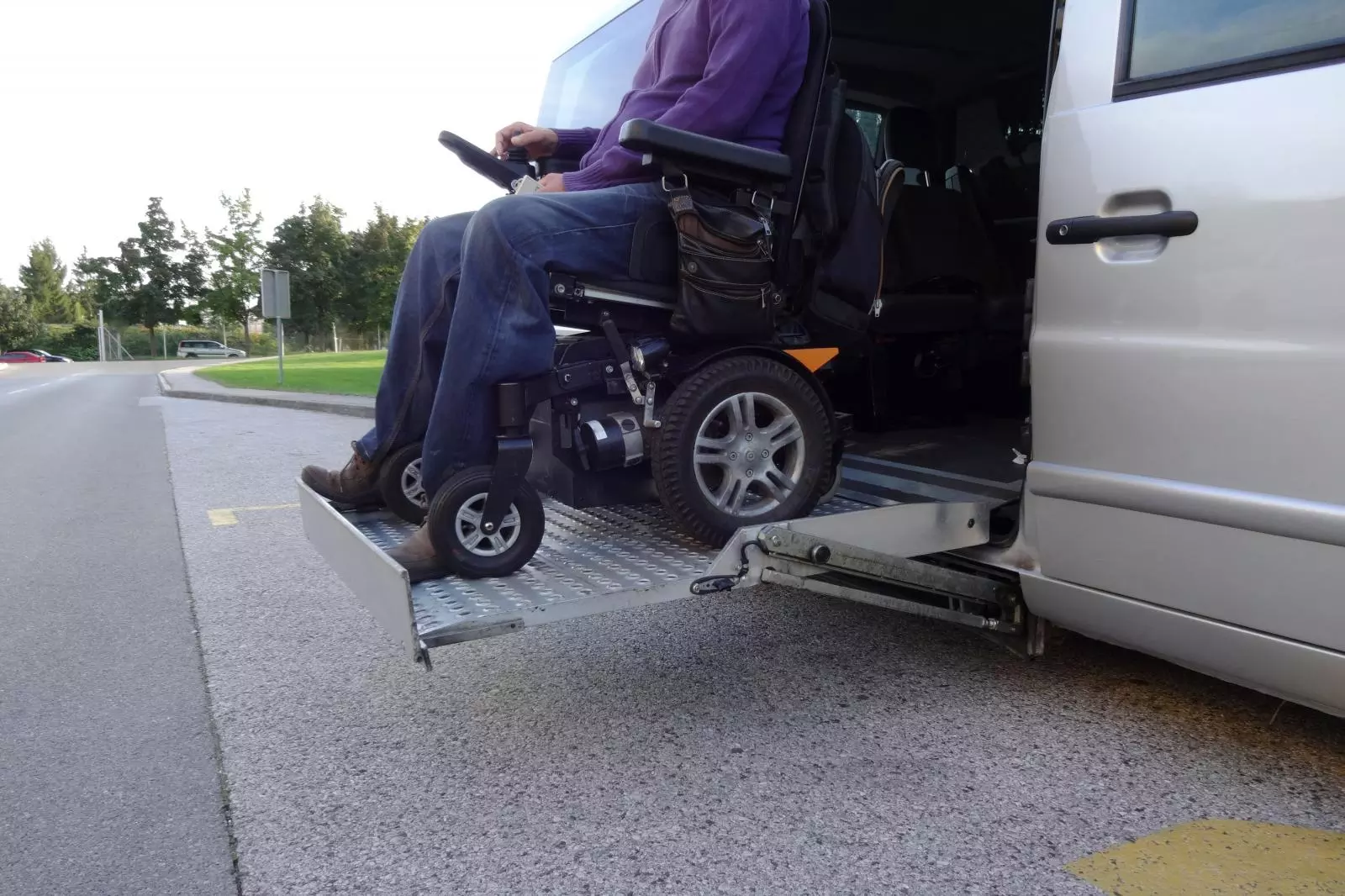
Adapting Your Vehicle
Just as you and your lifestyle are unique, so is the process of adapting a vehicle.
Wheelchair accessible vehicles will require different installations and set-ups than those that need new electronic pedals installed for increased accelerator mobility. With a system individually designed for your lifestyle, you are guaranteed to experience more comfort with driving.
cost-savings
The most common concern to be had is the cost of adapting and installing new devices in your vehicle, but depending on what you're looking for, it can be done for much cheaper than you believe.
Many vehicle engineers specialise in driver rehabilitation and can complete a wealth of Mobility Car adaptations. The Mobility Scheme services provides over 500 different adaptations for your car. Some other non-profits and organisations can help with funding such instalments, but there are a few false advertisers and scam groups out there too.
However, it would be wise to conduct research beforehand, as you have the option of modifying your current vehicle or buying a new one with adaptive equipment already installed. Both methods can be costly, but you should discuss with an engineer beforehand to see what is possible with your current vehicle.
Hand controls, one of the more popular devices to be installed, such as a push-pull button, swivel seats or steering ball attachment, could set you back as much as £800-1000. Other equipment and more complex instalments within new vehicles can increase to £20,000 and upward.
Evaluating needs
Before you can make any decisions on the most cost-effective solutions, you must receive an evaluation by a qualified driver rehabilitation specialist, as they can outline all equipment that will be best suited to your vehicle and medical condition.
An essential part of this evaluation is to assess the long-term effect of any equipment or devices installed on your muscle groups. The repetitive stress may cause more pain, so to evaluate, you will complete:
Coordination and reaction time
Muscle strength and motion range
Depth of decision-making abilities
Your overall ability to drive with installed equipment
These steps are necessary to establish how your particular disability affects your ability to travel, such as a manual gearbox being too precise for your hand and arm mobility.
Devices can be moved and adjusted for more mobile limbs to better speed control. For example, the right leg can be less able to use the accelerator, so it is moved to the left side.
They will also need to know how your lifestyle is currently being affected by the car, such as lack of space for your wheelchair. Your driver rehabilitation specialist will need to see all equipment you rely on, from walkers to neck braces. Any driving requirements you have must also be addressed at this stage.
From this evaluation, you will receive a report of recommendations outlining your options and next potential steps.
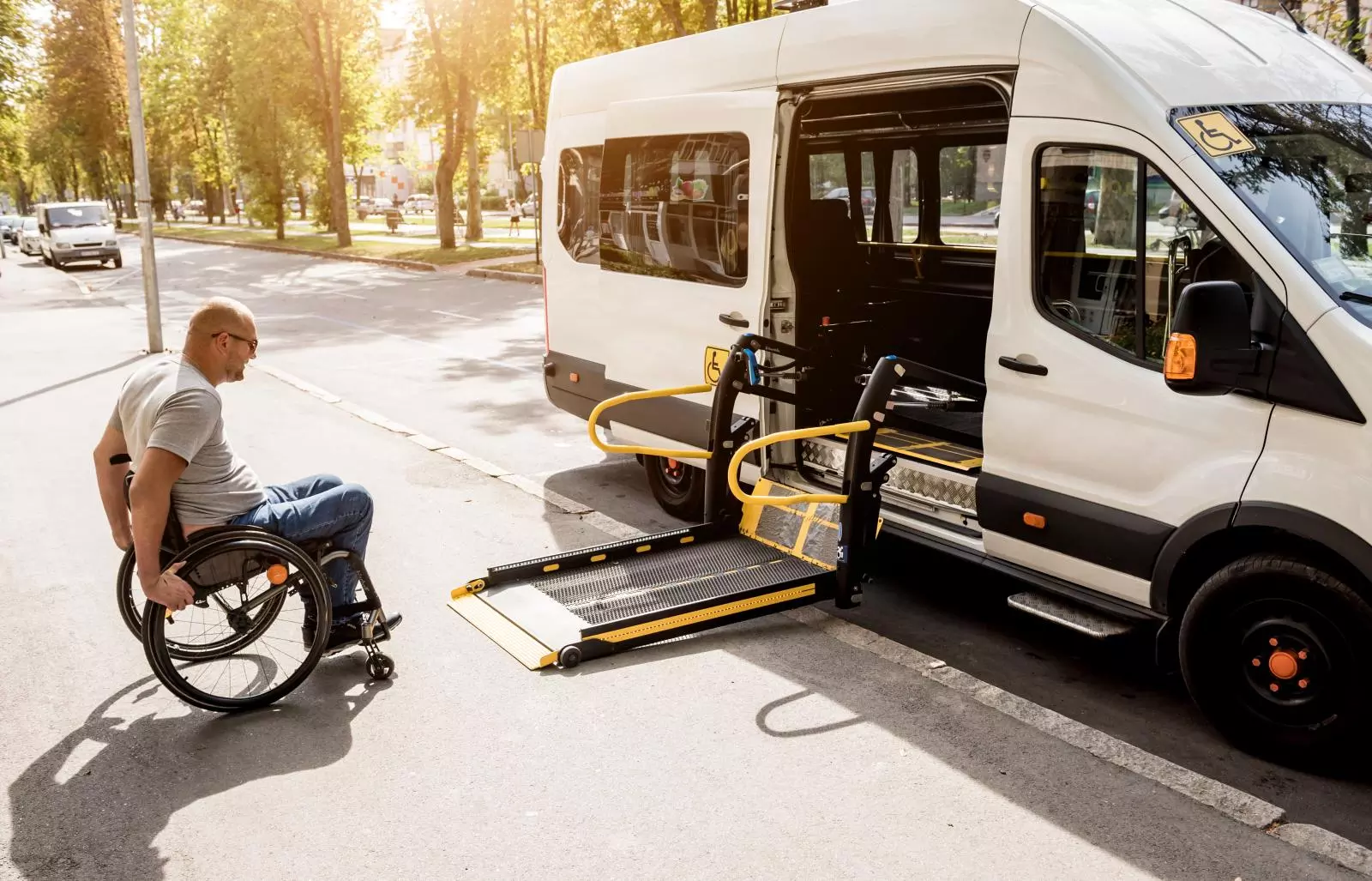
the right Vehicle
Purchasing the right vehicle for these adaptations is vital. You should be working alongside your driver rehabilitation specialist and the engineers involved to ensure that all requirements can be met by the chosen car. While you have choices between an automatic car and a manual, which can already alleviate a lot of the pressure of changing gear, there are still more options available to make these struggles lesser.
Any vehicle must have the needed cargo capacity to carry all equipment needed, whether a scooter or wheelchair, while also accommodating your family and others who may regularly drive with you. If you have a nominated driver, it should be easy for them to use the regular controls on your car without dismantling the new driving adaptations.
Suppose wheelchair attachments are being installed to allow easier transitioning to and from the vehicle or stowage in the boot or roof. In that case, you must ensure that you have sufficient parking space at your home for unloading and loading. Larger vehicles may be needed when assessing the installation of a new wheelchair stowage unit.
Since the comfort of the driving experience is the most crucial part of adapting your vehicle, you should ensure that the car feels right and you are comfortable within without adjustments. Many leading models can already be tailored to those with disabilities, whether that's adjustable foot pedals, large interior door handles, support handles, or wider doors.
qualified mobility dealers
Working alongside the right mobility dealer can be tricky, which is why you should inquire with your driver rehabilitation specialist to ensure that you are working with a trusted source.
Even the slightest of adjustments to the steering wheel, flooring, pedals, seating or more can affect your view of the road, comfort and leave you with a greater problem to solve. An automatic gearbox will need installing by a licensed professional, for example.
Registered equipment dealers will always be the best option to choose, as they have experience working with other people with your disability, saving you time and money.
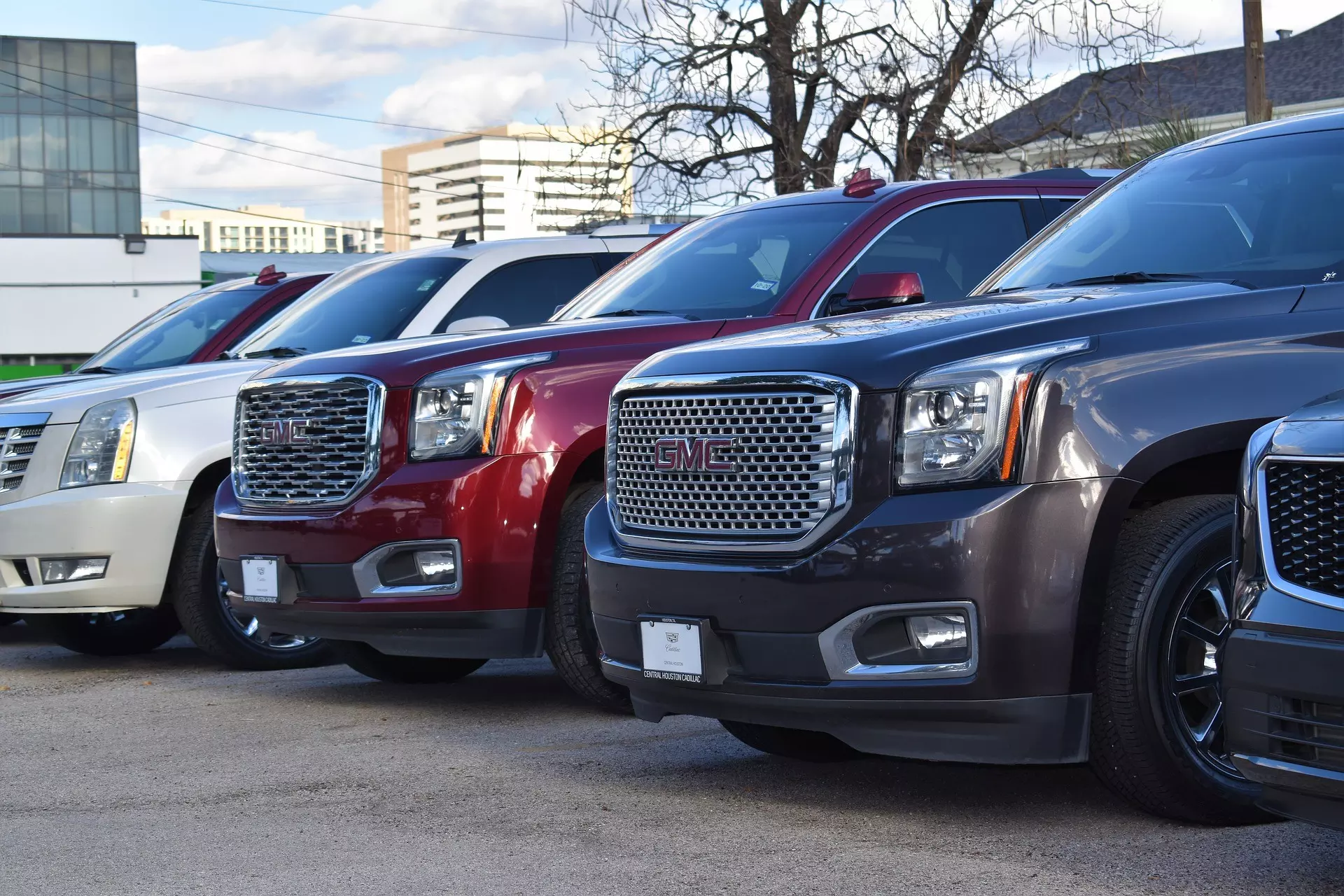
Training
Once the adaptation has been fitted in your car, you will need training to use it, as your experience driving will fundamentally change. While you will be provided with information on your new equipment, on-the-road training is the only way that you will be able to use them in real-time and in real situations. Left foot accelerators, for example, will take time for you to adjust to using, along with steering wheel adjustments and new wheel controls, such as remote control devices.
These devices control the car's acceleration, which is adjusted by your finger or hand just behind the wheel. All pedal modifications require specialist training, as you are now moving your vehicle differently from how your muscle memory has been trained. However, most existing controls can be kept hidden and tucked away for nominated drivers to use when using your car.
Car boot stowage and new adaptations for storing wheelchairs will also need training, as they can become fully automatic, and you need to understand how the moving parts work. Such adaptations can mean that your ability to travel alone is restored as you can park the wheelchair beside the car boot, and the system will lift and fold the wheelchair into the car, but you may have to assist with the folding and then tying it down.
maintenance
Every new appliance will need maintenance to ensure they are performing at the best capacity and you are safe on the road. Most warranty forms also give you the responsibility to keep all parts serviced and maintained. Your adaptative equipment may need servicing more often than what is stated for your car in the owners manual. You will still need to maintain the oil level, tire pressure, headlights, brakes and parking lights etc., as required.
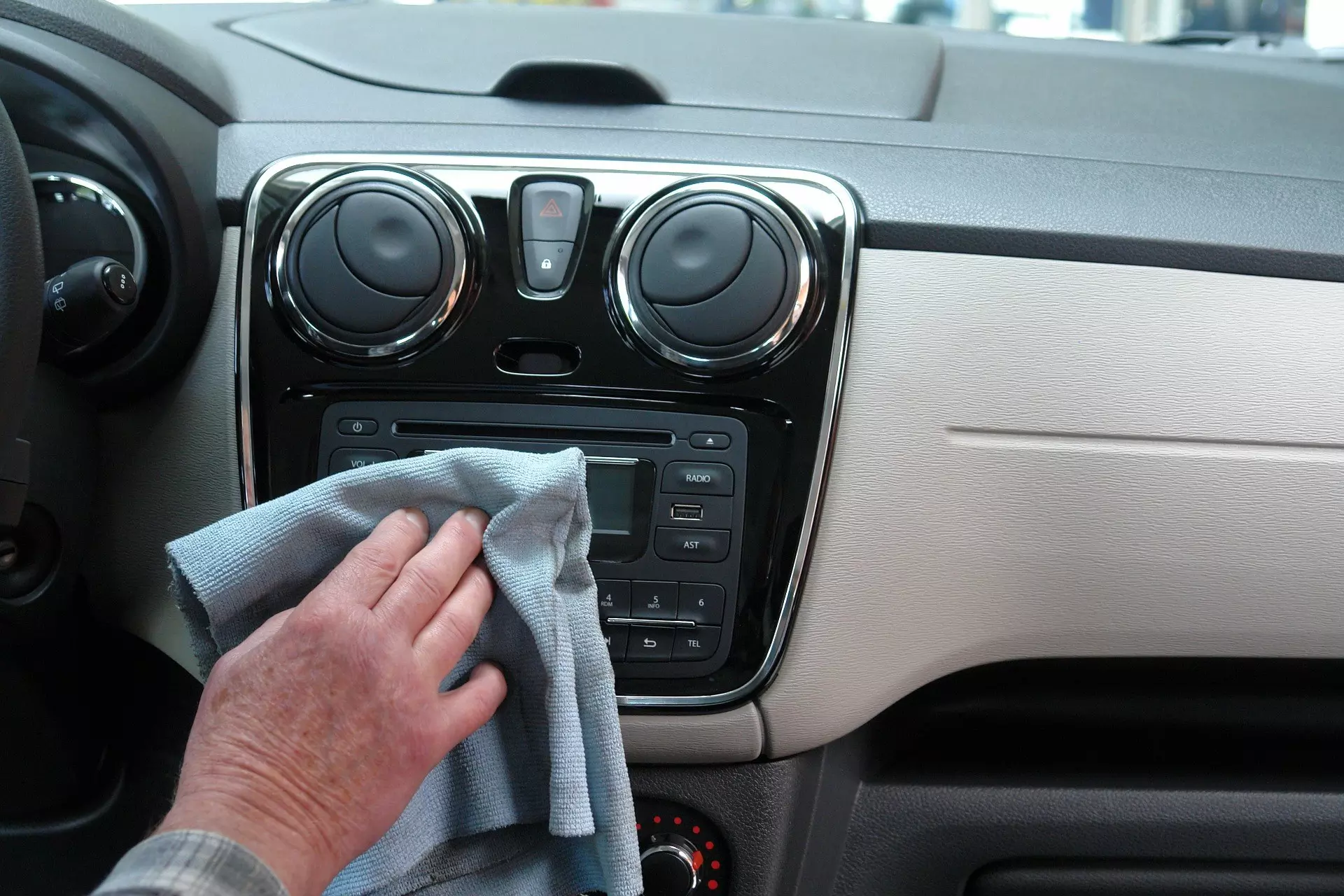
Benefits of owning a WAV
A Wheelchair and Scooter Accessible Vehicle (WAV) provides you with many benefits and can make your life much more freeing and comfortable. Where you may have lost driving confidence and ability, you can regain by owning a WAV, ensuring that your freedom hasn't been removed, and you can still get around as much as you used to.
The list is almost endless to the number of vehicle adaptations possible, ranging from rear wheelchair/scooter tie-downs, lightweight rear ramps, side doors for easier access and much more.
You will experience less pain, as you can invest in a transfer plate to allow for more effortless movement from the wheelchair to the car.
This also allows you to use the standard driving seat for additional comfort while having enough space to manoeuvre as desired.
Shoulder and back pain can be caused by using your upper body muscles to move from a wheelchair to the car and vice-versa, so this adaptation in your WAV can significantly impact your life.
There are electronic systems that can fold and store your wheelchair in your car for you, saving time and effort when going out.
There is a lot of hassle associated with transporting a wheelchair, so this excludes a large portion of that.
Disabled people up and down the country are now benefitting from unique, specialised adaptations to their cars.
There are many options to you in the world of driving adaptations, so if you believe you can benefit from them, reach out to a licensed professional today to get your vehicle adapted.
It is important to accommodate all disabilities, and many adaptations are suitable for a wide range.
Do you require adaptations to your vehicle? We can help with any and all enquires regarding disability car adaptations, so don't hesitate to contact MotorHome Towbars today.

